
Details shrouded in secrecy as third woman in a month is injured at Rhode Island Planned Parenthood
Bridget Sielicki
·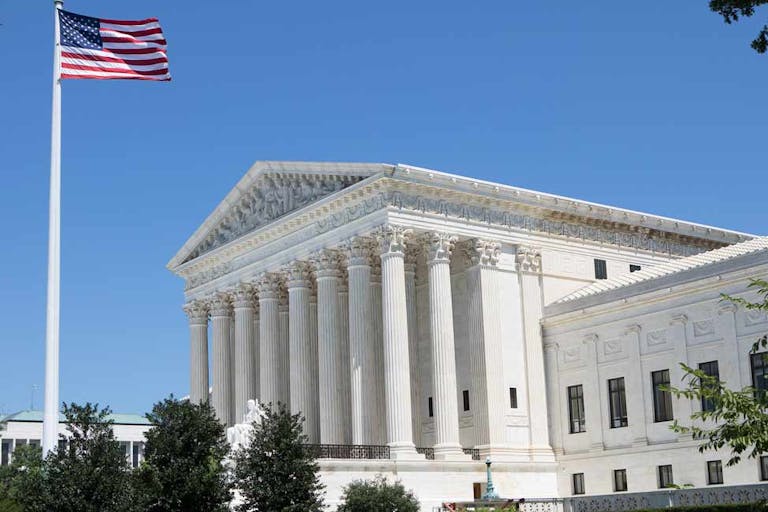
What the media didn’t tell you about the Supreme Court’s Louisiana abortion regulations case
(CNS News/MRC) Last week, pro-lifers were dismayed when the U.S. Supreme Court struck down Louisiana’s common sense abortion facility regulations in June Medical Services v. Russo.
Many thought that the presence of Trump appointees Neil Gorsuch and Brett Kavanaugh on the U.S. Supreme Court would create a durable majority that would uphold both abortion facility regulations and incremental pro-life laws. However, in this case, Chief Justice John Roberts sided with the liberals on the Supreme Court, resulting in the necessary five votes to strike down the Louisiana law.
Much of the subsequent mainstream media coverage of the decision simply parroted the majority opinion that the Louisiana clinic regulations were very similar to the Texas clinic regulations the Supreme Court struck down in Whole Woman’s Health v. Hellerstedt in 2016. As such, in this case, the Supreme Court was properly applying precedent. However, much of the media reporting on June Medical Services v. Russo missed three very important distinctions between the Louisiana regulations and the Texas regulations that the Supreme Court should have considered when ruling on the case.
Unlike the Texas regulations, the Louisiana clinic regulations were never in effect for a significant amount of time
Like the Louisiana regulations, the Texas clinic regulations included a provision that abortion doctors have admitting privileges at a hospital less than 30 miles away from the facility where they were performing abortions. The Texas admitting privileges requirement took effect in November 2013 and largely stayed in effect until the Supreme Court’s decision in 2016. NBC News reports that between 2013 and 2016, the number of abortion facilities in Texas fell from 42 to 19.
There is certainly disagreement about how the closure of these Texas abortion facilities would impact the constitutionality of the abortion regulations that were enacted in the Lone Star State. However, since part of the Texas regulations actually took effect for an extended amount of time, there was actual evidence of the law’s impact in Texas. Conversely, the Louisiana clinic regulations were never in effect for a significant amount of time. As such, the Supreme Court justices ruling on the case were basing their decision on speculation – not evidence.
READ: The June Medical Supreme Court decision was not a win for women’s health care
Louisiana Abortion Doctors Might Have Been Able To Obtain Hospital Admitting Privileges
The media coverage of the decision indicated that several doctors who perform abortions in Louisiana would be unable to obtain hospital admitting privileges. However, a closer look at the trial record indicates that this may not be the case. The trial record indicates there are five doctors who perform abortions at the three abortion clinics in Louisiana. In his dissent, Justice Alito nicely describes how some of these physicians only made “perfunctory efforts” to get admitting privileges at nearby hospitals.
For instance, one doctor (Doe 2) did not apply to a hospital where he previously had admitting privileges and instead applied elsewhere. Another doctor (Doe 6) applied for admitting privileges at one hospital and made an inquiry at a second, but made no efforts to get admitting privileges at six other local hospitals. A hospital was willing to grant a third doctor (Doe 5) admitting privileges, if he could find another physician wiling to cover for him when he is not available. However, when one doctor turned down Doe 5’s request, he did not as ask others. Clearly, these three doctors could have expended more effort in their attempts to obtain admitting privileges at nearby hospitals.
Article continues below
Dear Reader,
In 2026, Live Action is heading straight where the battle is fiercest: college campuses.
We have a bold initiative to establish 100 Live Action campus chapters within the next year, and your partnership will make it a success!
Your support today will help train and equip young leaders, bring Live Action’s educational content into academic environments, host on-campus events and debates, and empower students to challenge the pro-abortion status quo with truth and compassion.
Invest in pro-life grassroots outreach and cultural formation with your DOUBLED year-end gift!
Louisiana Presented Evidence of the Health Benefits of Clinic Regulations
Many media outlets indicated that these clinic regulations offered little in the way of tangible health benefits. However, Justice Gorsuch’s dissent provides evidence that clinic regulations can improve public health. He states that Louisiana’s abortion facilities “historically have done little to ensure provider competence.” Specifically he says that abortion facilities have failed to perform background checks on doctors and have “even hired physicians whose specialties were unrelated to abortion.” He also argued “the loss of admitting privileges” “might signal a problem meriting further investigation.” Gorsuch cited a situation where one abortion doctor lost admitting privileges after a patient’s death and the state licensing board placed limits on his practice.
Gorsuch also cited testimony that was presented during the legislative hearings on these clinic regulations. The hearings revealed that Louisiana abortion facilities were cited for numerous ethical and safety infractions in recent years. Additionally, the legislative hearings also found a number of instances of misconduct. There was one situation where a woman was dismissed from an abortion facility while hemorrhaging. This woman eventually went to a hospital where an emergency room physician had to remove fetal body parts the abortion doctor left behind. Additionally, there were two separate situations where botched abortions in Louisiana abortion facilities resulted in emergency hysterectomies.
Overall, relatively few people read Supreme Court opinions. Most citizens are largely dependent on the mainstream media to both report on and explain Supreme Court rulings. In this particular case, most media outlets provided scant coverage or analysis of the dissenting opinions written by Clarence Thomas, Neil Gorsuch, Samuel Alito, and Brett Kavanaugh. These dissents contained not only good insights about abortion jurisprudence, but also useful facts that distinguished this case from Whole Woman’s Health v. Hellerstedt. Gorsuch’s dissent, in particular, provided some very valuable information about abortion facility misconduct in Louisiana.
Overall, it is disappointing, but unsurprising that the mainstream media chose to ignore this.
Michael J. New is a visiting assistant professor at the Busch School of Business at The Catholic University of America and an associate scholar at the Charlotte Lozier Institute. Follow him on Twitter @Michael_J_New.
Editor’s Note: This article was published at CNSNews.com and is reprinted here with permission.
“Like” Live Action News on Facebook for more pro-life news and commentary!
Live Action News is pro-life news and commentary from a pro-life perspective.
Contact editor@liveaction.org for questions, corrections, or if you are seeking permission to reprint any Live Action News content.
Guest Articles: To submit a guest article to Live Action News, email editor@liveaction.org with an attached Word document of 800-1000 words. Please also attach any photos relevant to your submission if applicable. If your submission is accepted for publication, you will be notified within three weeks. Guest articles are not compensated (see our Open License Agreement). Thank you for your interest in Live Action News!

Bridget Sielicki
·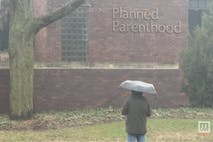
Analysis
Cassy Cooke
·
Analysis
Cassy Cooke
·
Analysis
Cassy Cooke
·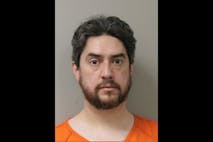
Analysis
Cassy Cooke
·
Analysis
Nancy Flanders
·
Guest Column
Michael J. New
·
Guest Column
Michael J. New
·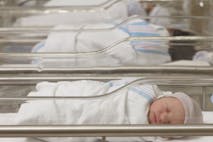
Guest Column
Michael J. New
·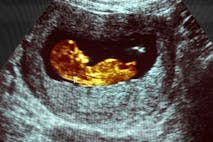
Guest Column
Michael J. New
·
Guest Column
Michael J. New
·